Newsflash: Dogs don’t like being left home alone.
You get a twinge of anxiety when you leave your little buddy home alone for the day. But this probably isn’t even close to how much anxiety your dog feels when he or she sees you walk out the door.
Anxious dogs whine, sweat and drool around the time of your departure. They bark when you leave (and while you are gone), they won’t eat when alone and have accidents indoors. Extreme anxiety can be dangerous for your pup, and some dogs are even known to break teeth by chewing on their metal crates, shatter windows when trying to escape and leave pools of drool on the ground.
Depending on the level of stress, you might need to talk to a dog behaviorist for the best formula for your personal success. But in the meantime, try a few of these strategies to ease your dog’s mind while you are gone.
Create a Pleasing Atmosphere
The human/pet relationship energizes the home and naturally offers good Chi. But, when you leave the house and your pet is alone, that energy can turn into panic. To avoid this, create a safe space for your dog to feel comforted. Supply your puppy with an Aspen pet sofa where he or she alone sleeps, for instance. Then, train him or her to relax there when everyone is home so he or she knows it’s a safe place to go while you’re away.
You also might want to block your dog’s view of the outside through your front window with long drapes or blackout shades. Diffusing bright light can ease your dog’s nerves, and if your pup doesn’t have that constant view, he or she might stop waiting at the window for you and incessantly barking, which the neighbors complain about.
Play Dog-Friendly Music
Commonly, pet owners leave the TV or radio on, thinking it is comforting to their pooch. But, animal hearts beat to a different drum, according to Charles Snowdon, an animal psychologist at the University of Wisconsin-Madison. Dogs recognize different tunes, pitches, tones and tempos, so human music may not be ideal.
BioAcoustic Research & Development (BARD) collaborates with animal behaviorists and vets to promote positive sound therapy for dogs as well as using music for animal behavior training. You might try “Music to Calm Your Canine Companion, Vol. 1” to help ease your dog’s anxiety.
Provide Stimulation When Together
Channel your dog’s physical energy and engage his or her mind by exercising your dog for 30 minutes a day. Take your dog on a brisk walk or play a long game of fetch to tire him or her out before that crucial time of departure.
Also, keep a routine. This way, your dog will learn that when you go, you will always come back. And, if your pup can count on you returning, getting treats, going on a walk and cuddling, his or her anxiety will lessen.
Don’t Make a Fuss
Don’t make a big deal when you leave. Be calm and don’t gush over the fact that you’re leaving. Say the same phrase like “See ya later, alligator” when you leave the door in a strong, matter of fact manner. Also, do not indulge in excitable greetings upon return. Keep it low key.
Give your dog some space when you are together, as well. You are in charge, and you don’t want your dog to be too dependent on you.
Support confidence and independence in your little buddy by not being overly sensitive to his or her insecurities. If you constantly allow your dog to be at your feet, you might be aiding in the anxiety when you leave.
Download my FREE Ebook Hidden Secrets to Communicating with Dogs – just click on the picture below!
Did you enjoy this article? Here are 3 more for dog lovers:
Is My Dog Happy? Here’s How to Know For Sure

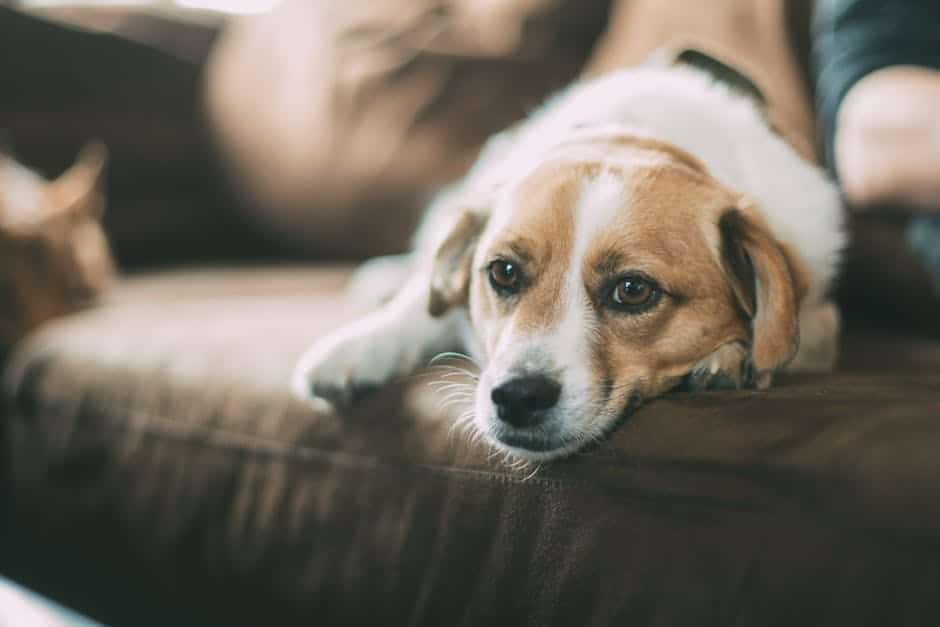

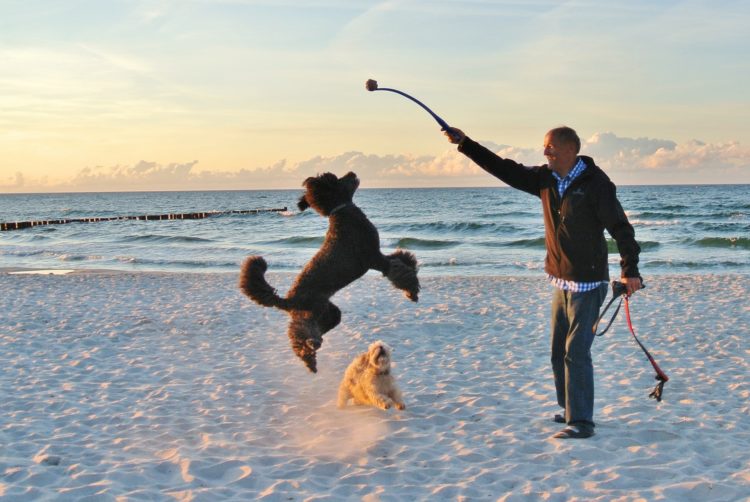

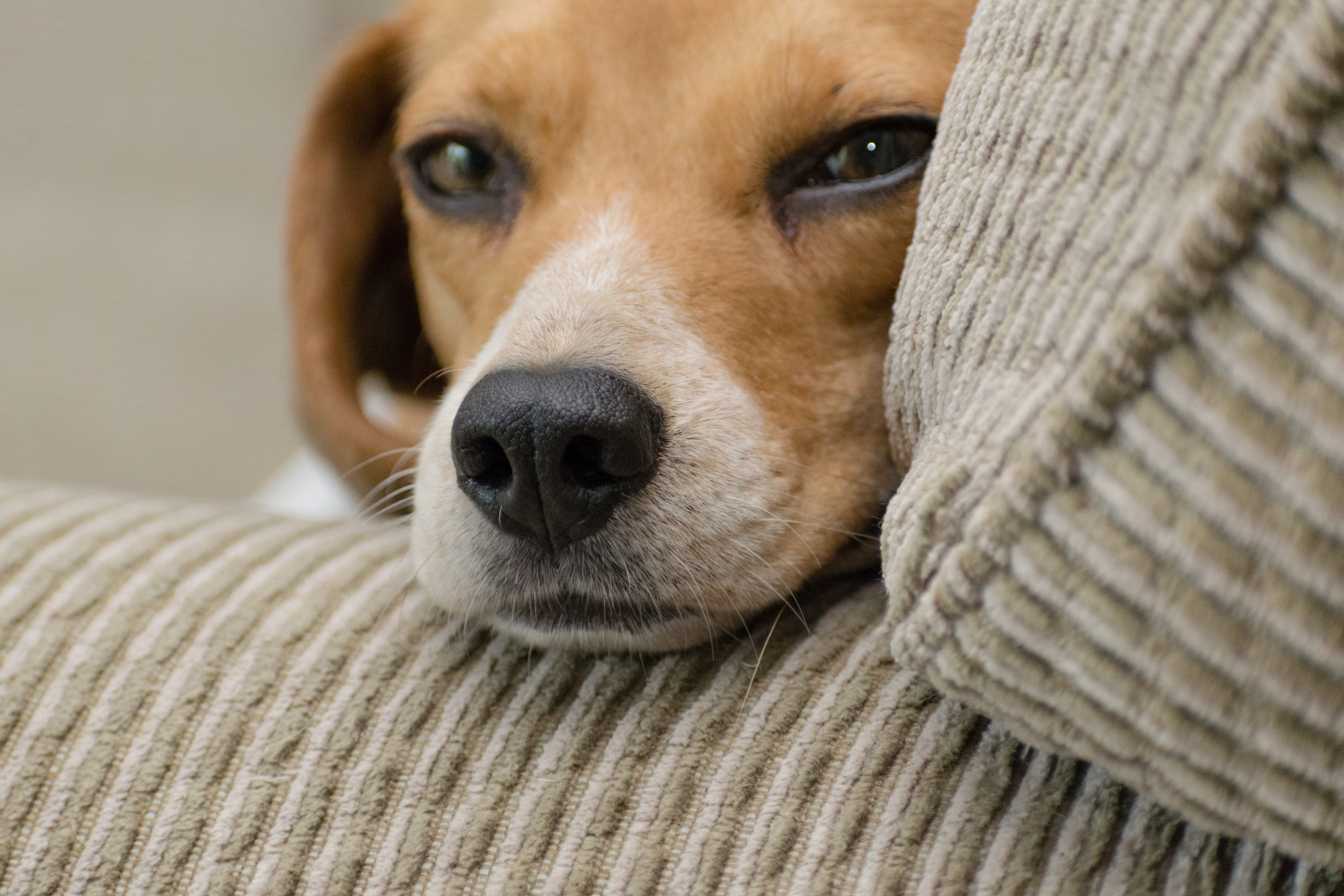
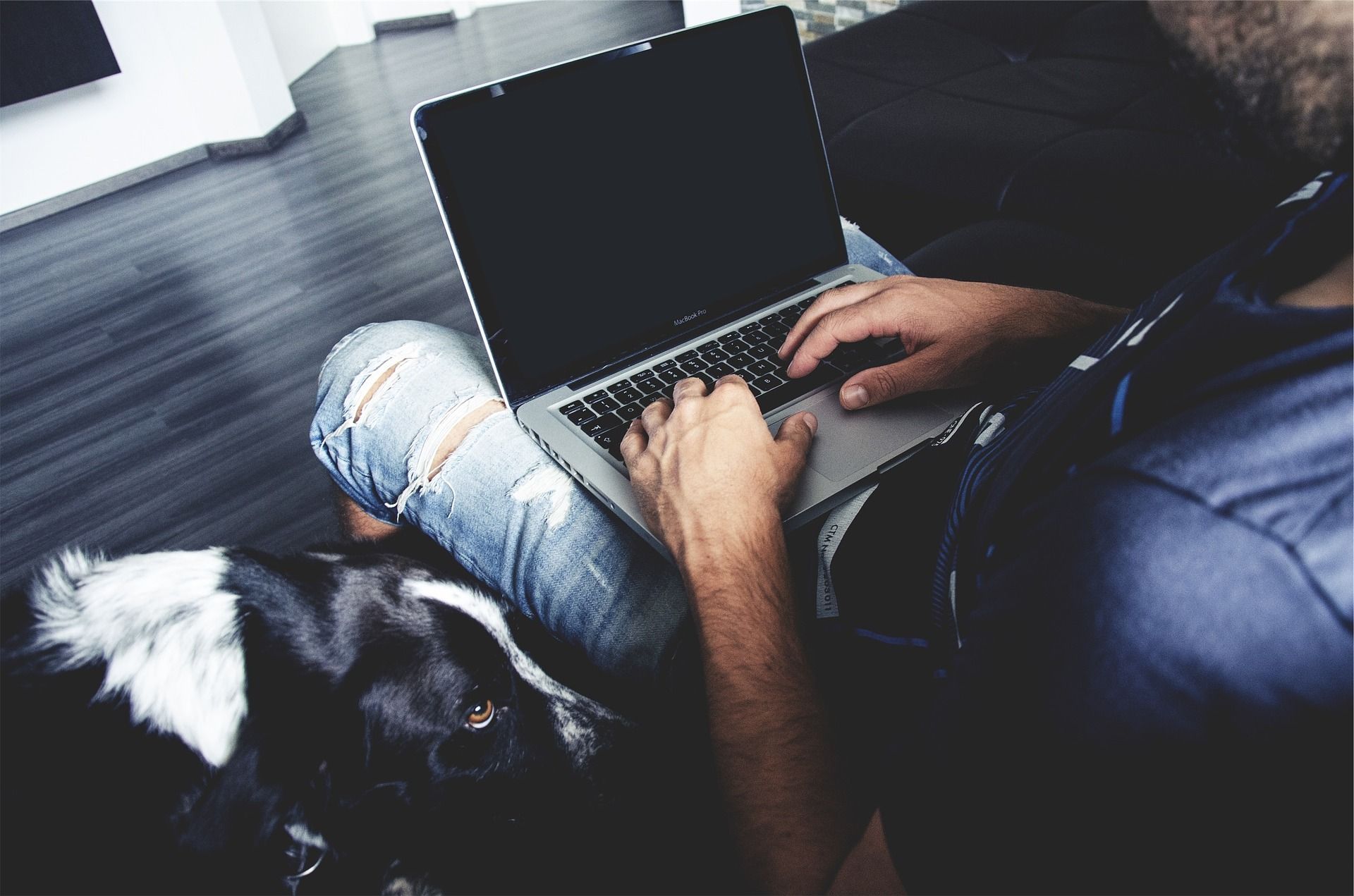
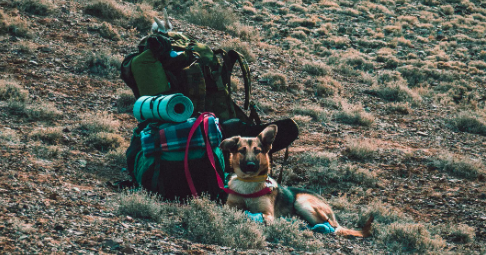

Leave a Reply